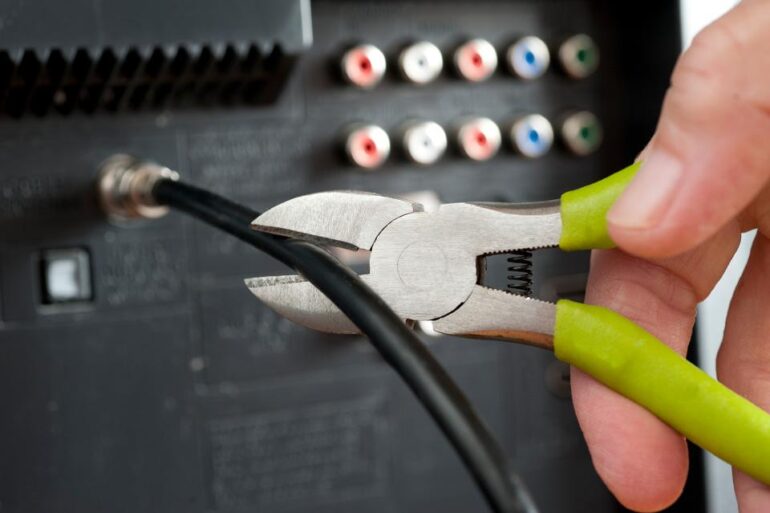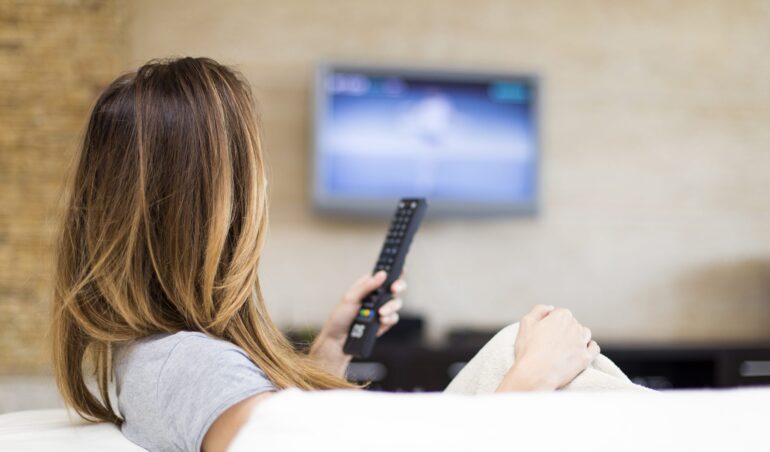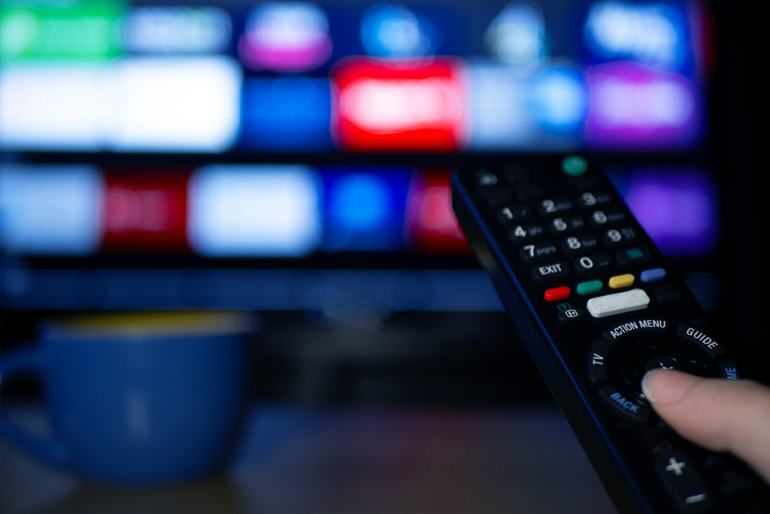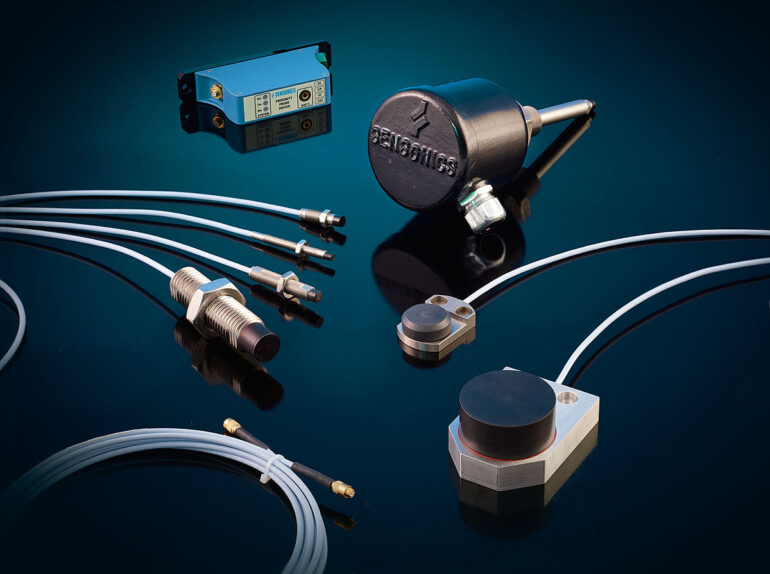Although it is 2024 and new technologies promise to make our TV watching experience even better, certain things are not likely to change, ever! Exactly for that reason, we have prepared this guide for you to take into consideration before doing anything physical to your expensive TV set that will make you regret your actions later.
We know that accidents happen when we least need them, but instead of letting the problem get on your nerves, you might as well try and fix it for a change. Not only will you feel better for not bashing your TV, but you might return to your favorite content before the broadcast ends. Thus, read the following lines and learn how to fix a bad cable TV connection.
Establish the Problem

Surely, if you knew what the problem was from the beginning, you would be able to act accordingly and fix the issue before your favorite sports event passes without you. Even if you are not capable of fixing the things on your own, you should be careful to obtain all the detail regarding the malfunction so you could inform the repairman about the symptoms your TV set manifests. If you are lucky, you have probably stepped on a cable by accident so you might get the whole thing running again in a few minutes without having to make an appointment with a service company.
Get in Touch with Your TV Provider

From our experience so far, it is highly likely the issues you might be experiencing do not have to be related to your cable device at all, moreover, it could be the fault of your TV provider. For this reason, it is important to choose a TV provider that offers quality customer support, so they should either react as soon as you report the problem and fix the complication or appoint you to fix the glitch on your own if their intervention is not necessary. The first thing you should do is call customer service because that is one of the reasons you are paying the provider.
Perform A Physical Reset

If you cannot wait for the support of your official provider, you might want to take the thing into your own hands and try to fix the issue on your own steam. Pixelization is one of the most frequent defects cable TV viewers experience. Surely, one could still watch the show, but at what cost. Namely, pixelization implies that you are not receiving the total amount of data your provider is sending and the squares you notice on the screen are actually the missing pieces of information.
Since we established that the reception is the problem, you should try restarting your cable receiver physically. Simply turn the TV box off and remove the cable attached to the back of it both from the receiver and from the power source. After waiting for about a minute you should reconnect everything and start the device.
Nowadays, certain providers offer box packages where your online connection, your phone, and your TV reception are combined and unified as a single service. It is of utter importance to make sure how they treat their customers before opting for this type of service, especially when unplanned situations occur. Thus, if you want to acquire additional info on how a professional treatment should look, feel free and read more.
Coaxial Cable Displacement

It is not unusual that the coaxial cable moves out from its position so you receive bad or no signal at all. This could easily happen if you were tidying up the house and accidentally moved the cable without even being aware of it. What you should do in order to check if this is what is causing an obstruction is to detach the cable both from the back of the TV box and from the wall socket and make sure every juncture is adequately connected. After the revision, reattach the cables and check if you can continue to watch your favorite TV show the right way.
Select the Adequate Source
Nodaway, people hardly use their TV sets solely for TV watching, moreover, smart TVs are used both for web surfing and utilizing various apps, from YouTube to Facebook. What TV also serves as is the screen for various game consoles, so one should be careful when changing from one source to another. Not only that individuals can forget to change the source and wonder what happens to the TV connection, but they can also exhaust the TV RAM, causing it to crash or fail to recognize the device it should telecast. Patience is all you need when this happens, so you should let it rest for a few moments before trying again. Also, frequent source changes might damage the exterior input sockets, particularly if you put the cable in and out constantly. Thus, in order to secure your device lasts longer, make sure you handle it carefully.
Sound Failure
You should not be worried if you solely receive a video signal, while there is no sound. Namely, certain TV boxes need to be fed with additional data which enables them to shift from Dolby Digital Surround to HDMI output. Since this is not a physical issue, you should be capable of dealing with it with your remote controller. Simply go to audio settings and select your sources properly. On the other hand, there are situations where the loss of sound has nothing to do with input selection, but with inexplicable communication failure between the TV box and the TV device.
When this happens, simply plug out the HDMI cable and put it back. The signal should be reestablished and the sound restored. Hopefully, the aforementioned pieces of advice will prove their usefulness and assist you when the time comes. Just make sure you slowly check one potential issue at a time and avoid panicking at all costs, because it can only make you make additional troubles instead of fixing them. Fortunately, there are ways to rewind the content you have missed, so even if the issue is untreatable, you can make up for the lost material easily, which is not the case with your nerves.
